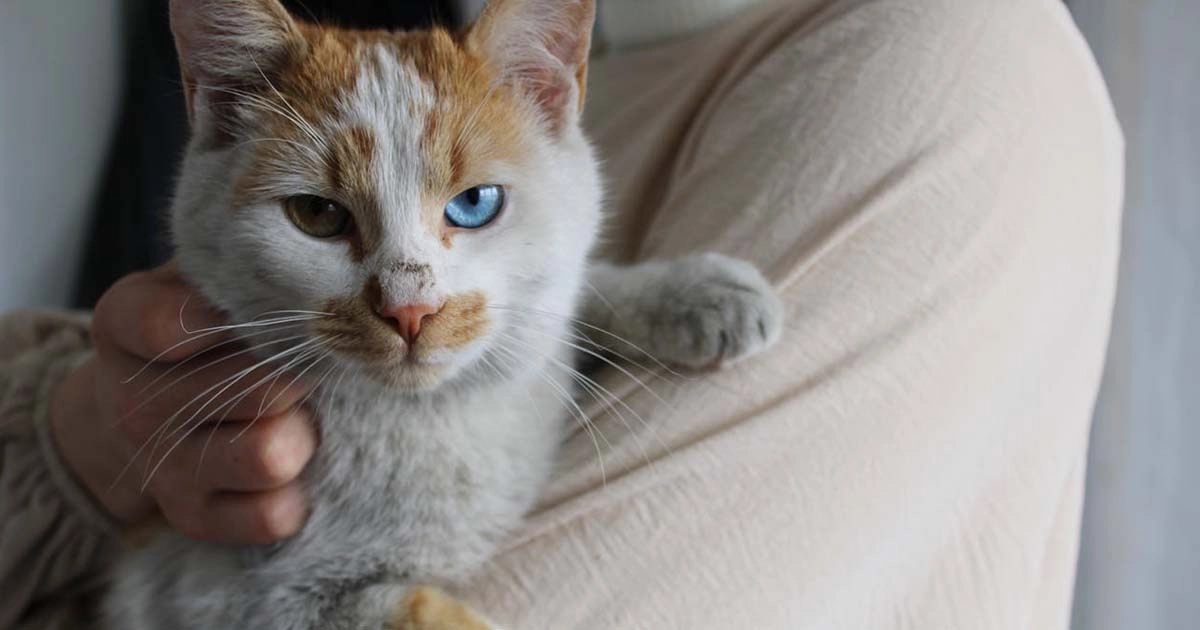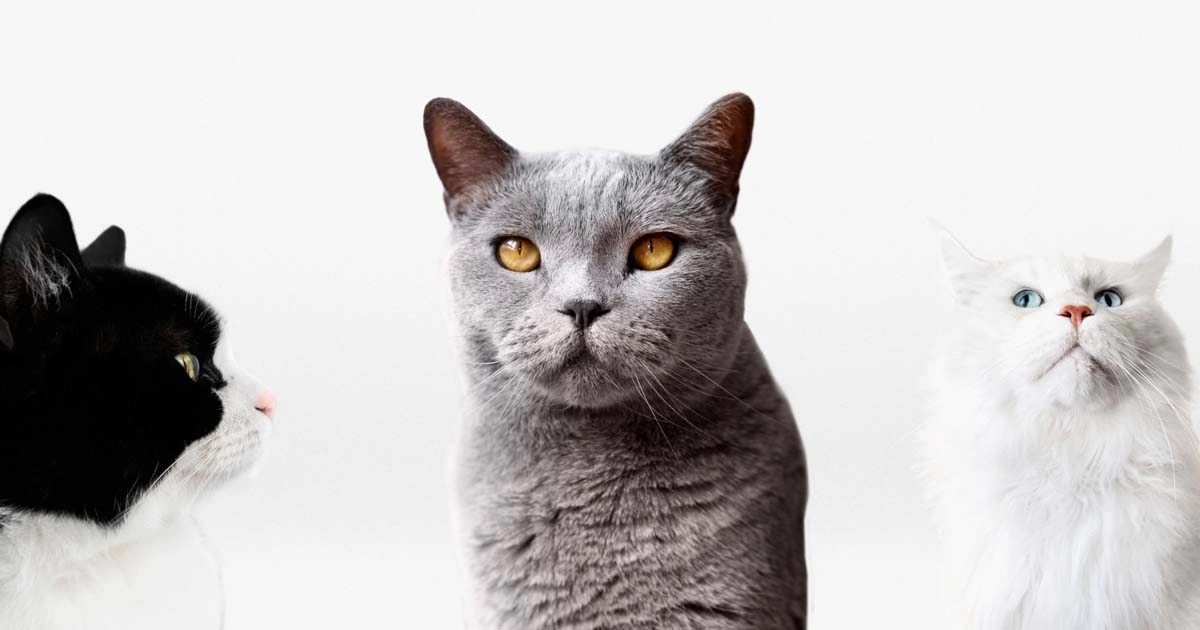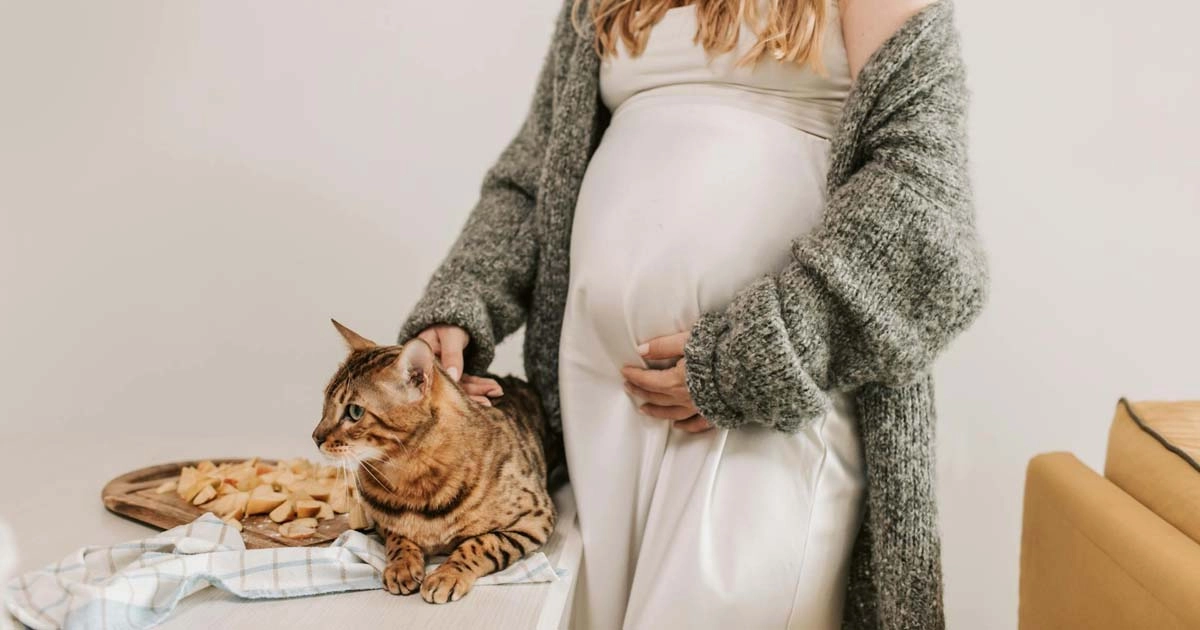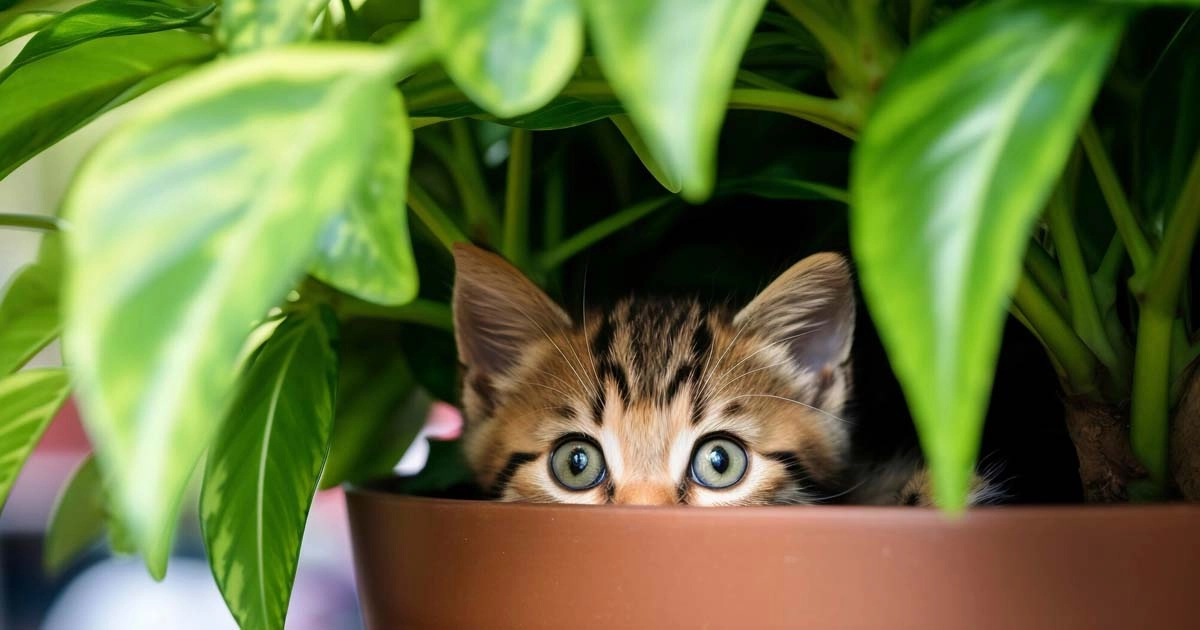Why is my cat shedding in the fall?

Cat
04/11/2024
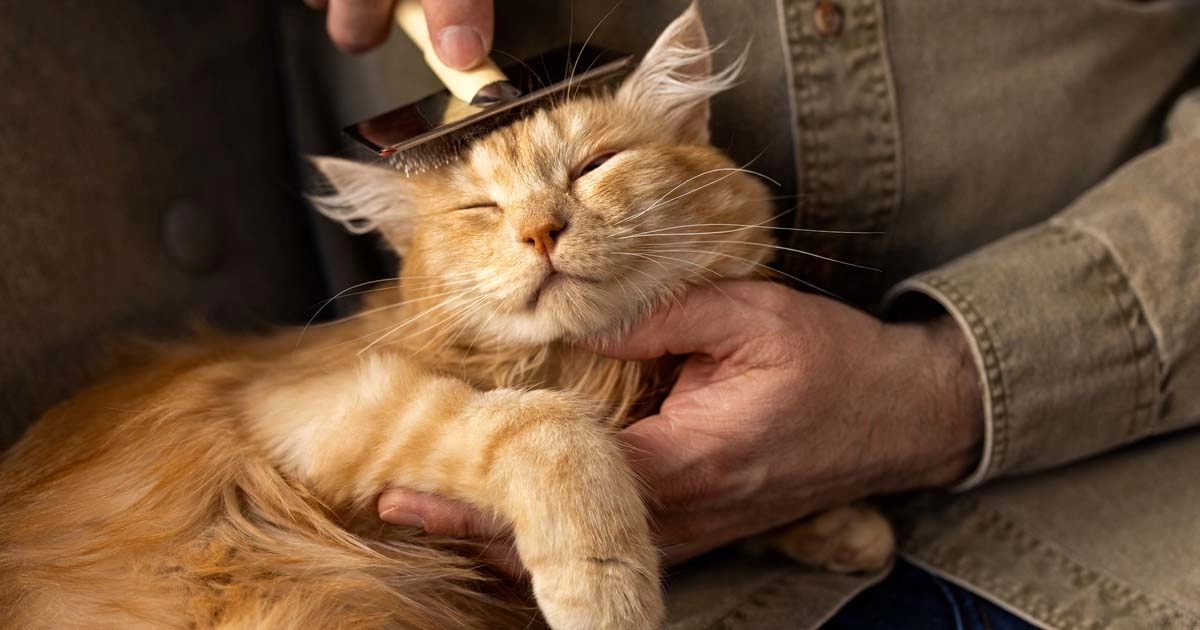
As the days get shorter and temperatures cool, many cats will start to shed their lighter summer coats in favor of the heavier fur they'll require this fall and winter. To the pet parent along with the sitters of Mybestie.gr, this seasonal change often translates into more fur around the home and the need for a little extra grooming. Here's how you can help your cat through the fall shedding season, keeping both your home and furry friend happy and comfortable.
Table of contents
1. Cats lose their hair seasonally for a reason
Cats shed as a normal process to maintain their body temperature. During fall, they shed the lighter summer coat for a denser, warmer one in preparation for winter. Quite normal, but it may vary according to your cat's breed, age, and lifestyle. For example, outdoor cats usually shed more than indoor cats because of seasonal changes in temperature and daylight.
2. Amp up your grooming
One of the easiest ways to deal with the fall shedding of your cat is by regular brushing. Regular grooming removes loose fur, reduces house shedding, and can even avert hairballs, which are common in seasons when cats shed most. Here's a rough guide based on coat type:
Short-haired cats: Brush 1-2 times per week using a grooming glove or bristle brush to remove loose hair.
Medium-to-long-haired cats: Medium to long-haired cats require brushing 3-4 times a week, with attention to working through their longer coat with either a metal comb or slicker brush. The deshedding tool will aid in dense undercoats of these animals. Grooming for many cats can be a pleasurable process and, as such, serves as one more way to bond. Start off with short sessions, building up the time to where this is an agreeable process.
3. Establish cat hairball prevention
While grooming, your cat swallows its loose fur, which then gathers and builds up in the digestive tract, forming hairballs. As some amount of hairballs is quite normal, the excessive shedding causes frequent hairballs that may be painful for the cat. Following are a few tips which will help you reduce hairballs when your cat is shedding:
Hydrate: Allow your cat access to a freshwater supply at all times. Properly hydrated skin and fur have the tendency to shed less.
Use hairball control treats: There are several hair control treats commercially available in most pet stores, including those that minimize hairballs by ensuring proper digestion.
Adding a hairball remedy to their diet: Small amounts of petroleum jelly, or even coconut oil, on occasion, given with the approval of your veterinarian, could help keep the digestive tract lubricated and reduce hairballs.
4. Focus on cat nutrition for a healthy coat
A balanced, nutrient-rich diet is crucial for maintaining your cat’s skin and coat health. Omega-3 and Omega-6 fatty acids, found in high-quality cat food or supplements, contribute to healthy skin and reduce shedding. Foods rich in protein and essential vitamins (like Vitamin E) support overall coat quality, making it easier for your cat to grow a thicker, healthier winter coat.
Ask your veterinarian to recommend cat foods or supplements that promote coat health if you’re unsure about your cat’s nutritional needs. They can help tailor recommendations based on your cat’s age, breed, and activity level.
5. Keep your home ready for shedding
As your cat sheds, it’s helpful to have a few tools on hand to keep your living space fur-free. Use a pet-safe lint roller on furniture, clothing, and bedding. A vacuum with a pet hair attachment will also help keep fur under control, especially on carpets and sofas where fur tends to collect. Some pet parents also find air purifiers helpful in reducing allergens from pet dander in the home.
6. Take care of your cat's skin and coat
While it is a nature-designed process, taking proper care of the cat's coat and skin will always help them be at an optimal best. Be on the lookout for irritation or too much scratching, due to patchy bald spots, this is often related to skin conditions or allergic reactions. If you feel this is a period of time that lasts too long, then it is best to get together with your veterinarian to rule out health problems.
While the fall shedding can be considered a bit more work, it is just one of those things in your cat's life that nature has bestowed upon them. Keeping a regular grooming routine, proper nutrition, and a few precautions will help your cat stay comfortable through the seasonal change. Approaching the fall shedding season as a time for bonding makes it a very positive experience for both you and your cat. Make this season a comfortable one for your fur buddy, and you'll know that you are keeping him comfortable and prepared for the months to come!
